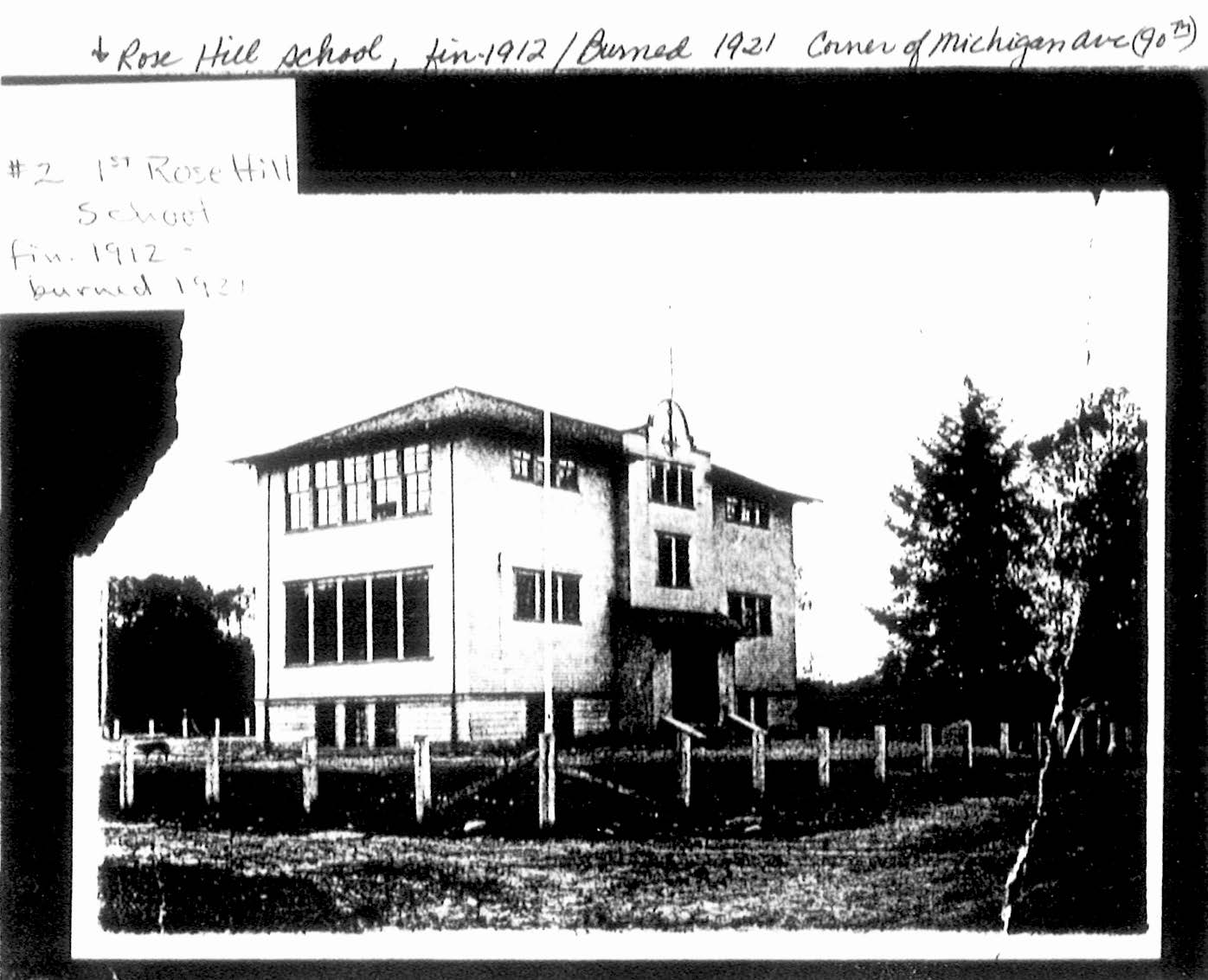3. HISTORICAL CONTEXT
Rose Hill was envisioned by Kirkland namesake and founder, Peter Kirk, as the site for his Great Western Iron and Steel Mill, which would have made Kirkland the “Pittsburgh of the West.” The Lake Washington Ship Canal had been approved by Congress in 1888. The canal offered a direct route from Lake Washington to Elliott Bay and promised to open the shores of Lake Washington to industry. Kirk purchased a small lake, known as Forbes Lake, along with acreage from Dorr Forbes, an earlier settler who had originally purchased the land in hopes of growing cranberries. Unfortunately beaver activity caused frequent flooding that destroyed the bog, providing an opportunity instead for Peter Kirk.
Peter Kirk’s chief engineer and metallurgist, John G. Kellett, lived on Rose Hill in Workington, England, and is credited for naming Kirkland and Rose Hill in 1888.
In 1890, five teams cleared the land surrounding Forbes Lake and the steel mill was built, complete with foundry, bunkers, cooling ponds and railroad. Its sole purpose was to build rail for the world’s railways. Then, in 1891, the newly elected congress repealed funding for the Lake Washington Ship Canal and the opening of the mill was halted. Attempts were made over the years to open the mill but by 1908, Kirkland’s Founding Fathers abandoned their plans. Much of the mill had already been salvaged for materials to use in other construction projects. With the railroad no longer needed, the rails were torn out and the original rail bed became what is now Slater Avenue.
In 1910, real estate partners Edmund Burke and Guy Farrar purchased much of Rose Hill. Forbes Lake was renamed Lake Kirkland. A large two-story school was built across from the mill site in 1911. Known as the Rose Hill School, it burned down in 1921 and was replaced in 1922 with a single-story school. John G. Bartsch built the original school as well as the Kirk homes, the original Central School, the Shumway Mansion and many other iconic buildings of the time. The Shumway Mansion is the only known survivor. In 1954, Rose Hill Elementary was built to serve South Rose Hill children and in 1955, Mark Twain Elementary was added for the North Rose Hill families.
During the early Burke & Farrar era, the developers offered free day long excursions from Seattle to Kirkland. During this time, small parcels of land were offered with low monthly payments. Over time, Rose Hill was developed providing space for chickens, cows, and gardens. It was these small family farms that helped stock local grocery store shelves.
Lake Kirkland, also known locally as Little Lake, was a favorite recreation area for Rose Hill and Kirkland families. Transportation was by foot, horse and wagon, automobiles and jitney, which was a form of shuttle service. The ferry dock in Kirkland was the gateway to Seattle. Many Rose Hill residents worked in Seattle. Lake Kirkland was renamed Forbes Lake in the 1970s in honor of its original owner, Dorr Forbes.
The Kirkland Cemetery in the South Rose Hill neighborhood was incorporated in 1888 by Peter Kirk and several of Houghton’s early settlers. The Macadam Road in South Rose Hill connected Kirkland to Redmond in 1912. It was the first paved road in King County and was known as “the blacktop.”
Rose Hill has steadily transformed from a rural outlying area of King County to a suburban neighborhood in Kirkland. Annexation of portions of the North Rose Hill neighborhood from King County to the City of Kirkland started in 1970, with the annexation of the majority of the neighborhood in 1988. Even before annexation, Rose Hill was always seen as a neighborhood of Kirkland.
Policy RH 1:
Encourage preservation of structures, features and locations that reflect the neighborhood’s heritage.
Policy RH 2:
Provide markers and interpretive information at historic sites throughout Rose Hill.

Rose Hill School 1912


